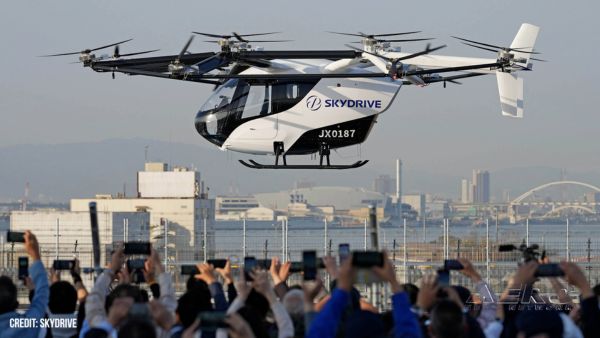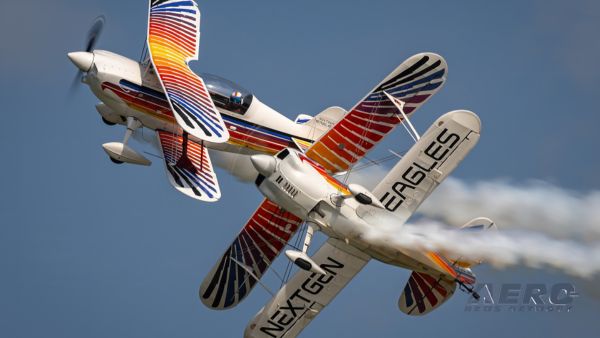But If You Thought Dial-Up Was Slow... Whoa, Boy
 And here, we thought the idea of wireless connectivity onboard a commercial
airliner was a nifty idea. NASA announced this week it
successfully tested the first deep space communications network
modeled on the Internet.
And here, we thought the idea of wireless connectivity onboard a commercial
airliner was a nifty idea. NASA announced this week it
successfully tested the first deep space communications network
modeled on the Internet.
Working as part of a NASA-wide team, engineers from NASA's Jet
Propulsion Laboratory in Pasadena, CA used software called
Disruption-Tolerant Networking, or DTN, to transmit dozens of space
images to and from a NASA science spacecraft located about 20
million miles from Earth.
"This is the first step in creating a totally new space
communications capability, an interplanetary Internet," said Adrian
Hooke, team lead and manager of space-networking architecture,
technology and standards at NASA Headquarters in Washington.
NASA and Vint Cerf, a vice president at Google Inc., in Mountain
View, CA partnered 10 years ago to develop this software protocol.
The DTN sends information using a method that differs from the
normal Internet's Transmission-Control Protocol/Internet Protocol,
or TCP/IP, communication suite, which Cerf co-designed.
The Interplanetary Internet must be robust to withstand delays,
disruptions and disconnections in space. Glitches can happen when a
spacecraft moves behind a planet, or when solar storms and long
communication delays occur. The delay in sending or receiving data
from Mars takes between three-and-a-half to 20 minutes at the speed
of light.
Unlike TCP/IP on Earth, the DTN does not assume a continuous
end-to-end connection. In its design, if a destination path cannot
be found, the data packets are not discarded. Instead, each network
node keeps the information as long as necessary until it can
communicate safely with another node. This store-and-forward
method, similar to basketball players safely passing the ball to
the player nearest the basket means information does not get lost
when no immediate path to the destination exists. Eventually, the
information is delivered to the end user.
"In space today, an operations team must manually schedule each
link and generate all the commands to specify which data to send,
when to send it, and where to send it," said Leigh Torgerson,
manager of the DTN Experiment Operations Center at JPL. "With
standardized DTN, this can all be done automatically."
Engineers began a month-long series of DTN demonstrations in
October. Data were transmitted using NASA's Deep Space Network in
demonstrations occurring twice a week. Engineers use NASA's Epoxi
spacecraft as a Mars data-relay orbiter. Epoxi is on a mission to
encounter Comet Hartley 2 in two years.
There are 10 nodes on this early interplanetary network. One is
the Epoxi spacecraft itself and the other nine, which are on the
ground at JPL, simulate Mars landers, orbiters and ground
mission-operations centers.
This month-long experiment is the first in a series of planned
demonstrations to qualify the technology for use on a variety of
upcoming space missions. In the next round of testing, a NASA-wide
demonstration using new DTN software loaded on board the
International Space Station is scheduled to begin next summer.
In the next few years, the Interplanetary Internet could enable
many new types of space missions. Complex missions involving
multiple landed, mobile and orbiting spacecraft will be far easier
to support through the use of the Interplanetary Internet. It also
could ensure reliable communications for astronauts on the surface
of the moon.
 Classic Aero-TV: The Life Aquilae
Classic Aero-TV: The Life Aquilae NTSB Prelim: Hibbard Rick RANS S7
NTSB Prelim: Hibbard Rick RANS S7 ANN's Daily Aero-Linx (08.03.25)
ANN's Daily Aero-Linx (08.03.25) Aero-News: Quote of the Day (08.03.25)
Aero-News: Quote of the Day (08.03.25) ANN's Daily Aero-Term (08.03.25): Waypoint
ANN's Daily Aero-Term (08.03.25): Waypoint



